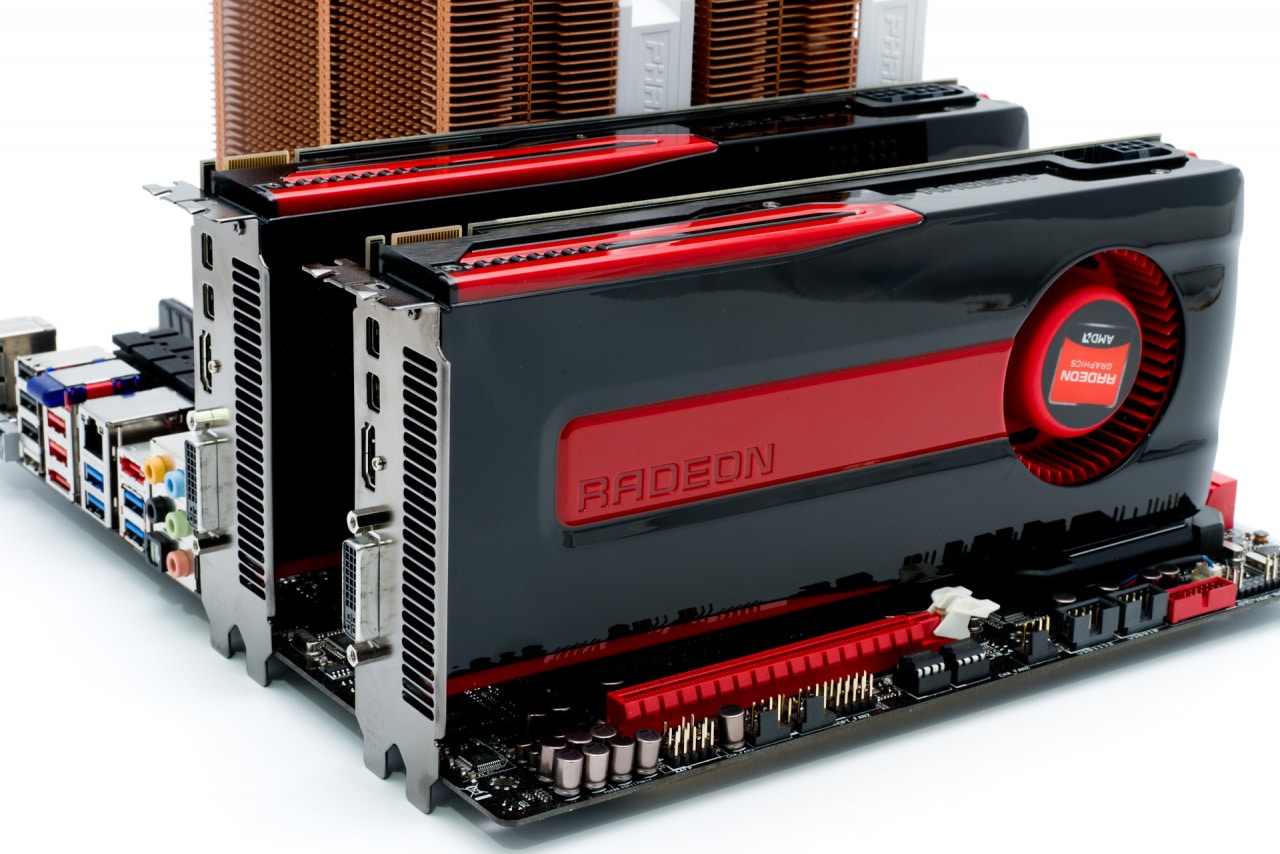For more than six months, Nvidia has ravaged the market freely with the architecture Maxwell and the Geforce GTX 900 series. After a long period of silence, AMD’s CEO Lisa Su announced that within the next two months they will meet up with the Radeon 300 series, where stacked memory is the main number for the next flagship. In the lower price segments, however, a long line of renamed graphics cards is expected.
Specifications: Radeon 300 Series OEM
R9 380 | R9 370 | HD 7850 | R9 360 | |
|---|---|---|---|---|
GPU | Tonga Pro | Pitcairn Pro | Pitcairn Pro | Bonaire Pro |
Technical | TSMC 28 nm | TSMC 28 nm | TSMC 28 nm | TSMC 28 nm |
Architecture | GCN | GCN | GCN | GCN |
Streamproc. | 1 792 st. | 1 024 st. | 1 024 st. | 768 st. |
Texture units | 112 st. | 64 st. | 64 st. | 48 st. |
Raster units | 32 st. | 32 st. | 32 st. | 16 st. |
Memory bus | 256-bit | 256-bit | 256-bit | 128-bit |
Memory amount | 2 / 4 GB | 2 / 4 GB | 2 GB | 2 GB |
Minnestyp | GDDR5 | GDDR5 | GDDR5 | GDDR5 |
GPU frequency | – | – | 860 MHz | – |
Turbo frequency | 918 MHz | 975 MHz | – | 1 050 MHz |
Memory frequency | 5 500 MHz | 5 600 MHz | 4 800 MHz | 6 500 MHz |
Memory bandwidth | 176 GB/s | 179,2 GB/s | 153,6 GB/s | 104 GB/s |
Trueaudio | And | No | No | And |
Freesync | And | No | No | And |
FRTC* | And | No | No | And |
LiquidVR | And | No | No | No |
Crossfire without cables (XDMA) | And | No | No | And |
Power supply | 6+6-pin | 6-pin | 6-pin | – |
* Frame Rate Target Control provides support for dynamic refresh rates.
AMD’s official website now lists the first three models in the series, which in any case are initially aimed at ready-made computer systems. In all cases, these are previously seen graphics cards, with the exception of the Radeon R9 360, which is the first with a cut-down variant of the Bonaire graphics processor. This also makes it possible to operate the graphics card without additional power supply.
Perhaps most striking, however, is the Radeon R9 370, which is very reminiscent of the three-year-old Radeon HD 7850. This is also reflected in support of later released AMD technologies, where support for Trueaudio and Freesync with associated dynamic refresh rates shines with their absence.
Furthermore, the Radeon R9 380 is an identical copy of this autumn’s Radeon R9 285, where not even clock frequencies differ. This also indirectly reveals that the Hawaii graphics processor, which today makes up the Radeon R9 290, R9 290X and R9 295X2, is part of the Radeon 390 series.
The high ranking of Hawaii raises the question of where the new top circle Fiji will fit in the name scheme. One possible possibility is that it will be outside the 300 series and instead fall into a completely separate category, not entirely unlike how Nvidia uses Geforce Titan for its most expensive graphics cards.















